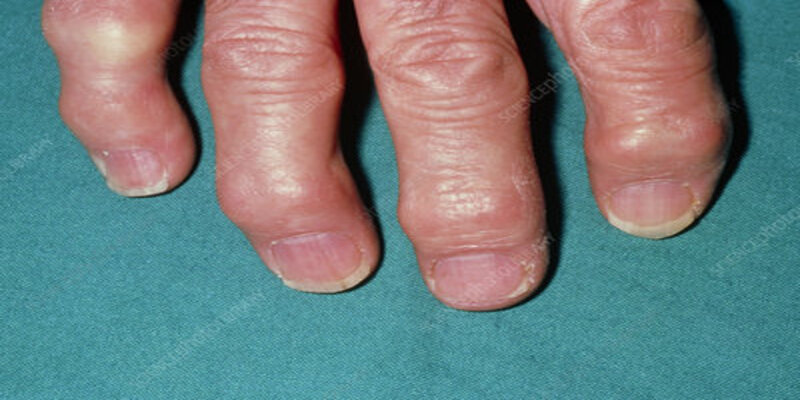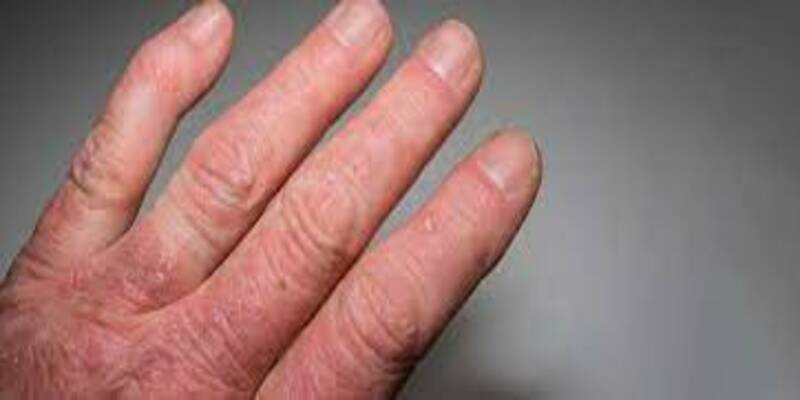Joint inflammation and pain characterize arthritis. Joint stiffness and inflammation are the hallmarks of arthritis and tend to increase with age. Osteoarthritis is the most prevalent kind of arthritis, followed by rheumatoid arthritis. Cartilage, the tough, slick tissue that covers the end of the bones wherever they form a joint, deteriorates in people with osteoarthritis. Gout is caused by crystals of uric acid that build in the blood when there is an excess of uric acid, and rheumatoid arthritis is an autoimmune disease that targets the lining of something like the joints. Other types of arthritis may be brought on by infections as well as underlying diseases like psoriasis or lupus. Treating arthritis primarily aims to alleviate symptoms and boost patients' general well-being.
What Exactly Is Arthritis?
As a general phrase, "arthritis" refers to any condition that leads to painful inflammation but also stiffness of the joints. Over a hundred distinct forms of arthritis exist, each with its signs and symptoms and potential remedies. Although there are more than 100 different varieties of arthritis, the vast majority of the 40 million Americans who suffer from the condition have one of the three most prevalent forms. The most prevalent types of arthritis, as well as their respective treatments, are described here. The essential thing to remember if you have arthritis or any joint illness is that you are not alone. Joint inflammation causing degeneration (breakdown) is a common symptom of arthritis. Pain is experienced while using the joint due to the alterations.
Some of the most prevalent sites of arthritis are:
- Hips.
- Knees.
- Feet.
- Hands.
- Back of the neck or lower back.
Osteoarthritis

The most frequent kind of arthritis is osteoarthritis. Overuse causes this condition, which primarily affects the elderly but also those with joint injuries or weight issues. Osteoporosis is most common in weight-bearing joints such as the knees, hips, feet, and spine. Caused by inflammation and discomfort while moving, cartilage degeneration is a loss of cartilage. At Carolina Arthritis Association, we treat patients and help them manage their pain daily. Reducing the load on the injured joint, undergoing physical therapy and doing specific exercises, taking prescribed pain medication, making dietary changes, and applying heat and cold may all be part of our treatment plan.
Here Are Two Most Typical Types Of Arthritis
Rheumatoid Arthritis
As an autoimmune illness, rheumatoid arthritis mistakenly causes the body's immune system to target healthy tissue, most often the joints. What triggers rheumatoid arthritis is still a mystery. Some argue that substances in the body might "confuse" the immune system after an illness or virus, while others place the onus on the virus or infection. Joint pain, stiffness, and swelling may occur in different areas of the body, and the onset of this condition can be either slow and steady or abrupt. It is possible for the swelling to grow so severe that even the most basic of daily tasks, including opening a jar, going on a stroll, or operating a motor vehicle, become challenging, if not impossible. When treating arthritis, we at Carolina Arthritis Association may prescribe a combination of anti-inflammatory and other drugs to ensure that the joints are not harmed. Now, more than ever, it is feasible, particularly with prompt and forceful treatment. Do not delay getting checked out if you suspect you have this illness.
Psoriatic Arthritis

When you have psoriatic arthritis, your skin and joints both suffer. Psoriasis is characterized by the appearance of red, raised patches of skin that sting and itch. Psoriatic arthritis, which may cause swelling inside the fingers and toes, develops in around a third of those with this skin condition. Patients often come between 30 and 50 with symptoms of this kind of arthritis, and both men and women are equally affected. Only an experienced rheumatologist can detect the subtle signs of psoriatic arthritis and provide an accurate diagnosis. Joints, skin, and nails are fundamental during a thorough physical examination that includes a comprehensive medical history review. The rheumatologist can help you with therapy if psoriatic arthritis has been identified as the problem.
Conclusion
It's no secret that arthritis is one of the most prevalent joint disorders nowadays. Because of the discomfort and inflammation it might cause, staying active can be challenging. Numerous arthritic conditions may manifest themselves. Each situation has unique signs and symptoms and may need a customized treatment plan. Arthritis is more common among the elderly, although it may afflict anyone of any age. Upwards of 50 million Americans, even with more than 300,000 children each year, live with arthritis. More than a hundred distinct types of arthritis have been identified. Arthritis is the inflammation of multiple joint joints, and its severity and impact on daily life may vary widely depending on the kind of arthritis a person has. Joint pain, swelling, stiffness, and a reduced range of motion are symptoms experienced by most people with arthritis.

Say Goodbye to Tan Lines: The Best Tan Removal Body Scrubs of 2024
Jul 25, 2024

Exploring the Benefits of Skin Fasting for a Clearer Complexion
Mar 12, 2024

Preventing Eyelash Loss: Essential Tips for Healthier Lashes
Mar 12, 2024

Unhealthy Foods For Fatigue
Feb 04, 2024

12 Tips For Walking In Winter
Jan 02, 2024

How Many Calories Are In A Watermelon?
Oct 08, 2023

OC Disorder: A Comprehensive Guide
Nov 24, 2023

The DASH Diet Is Successful. Exactly Why Hasn't This Trend Taken Off?
Dec 12, 2023



